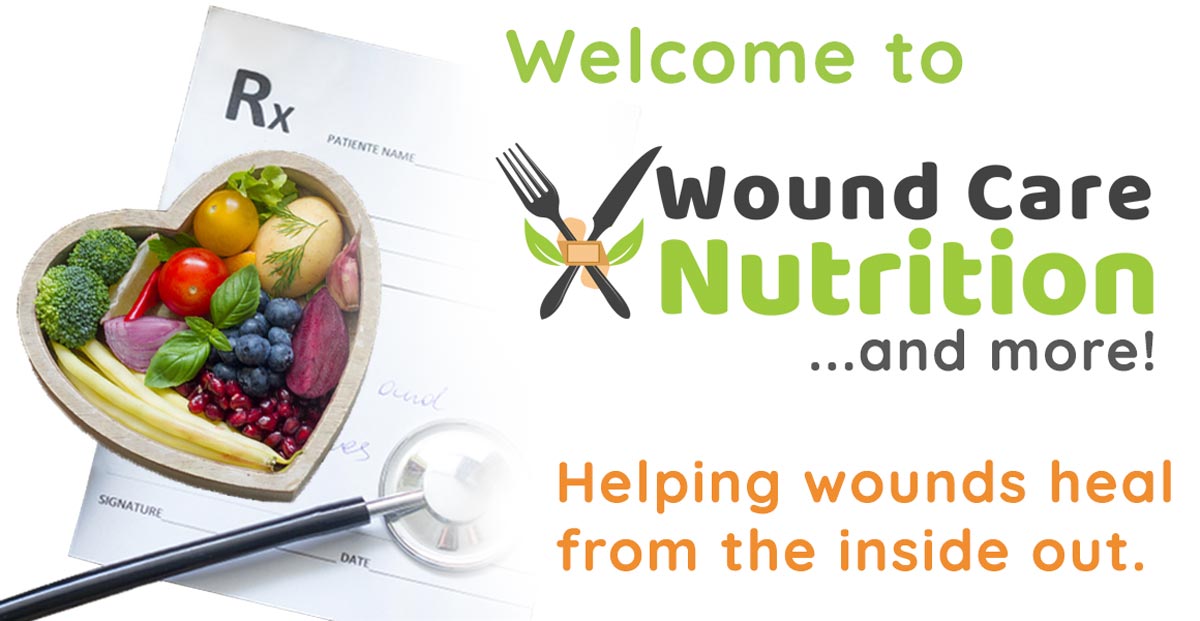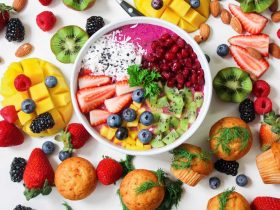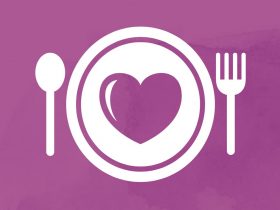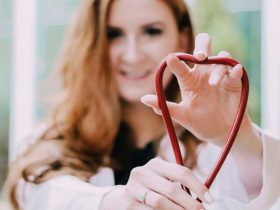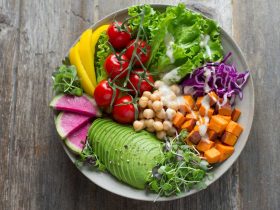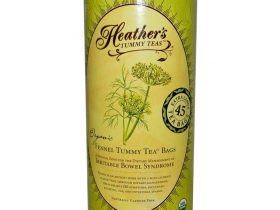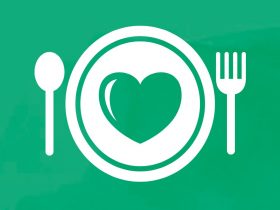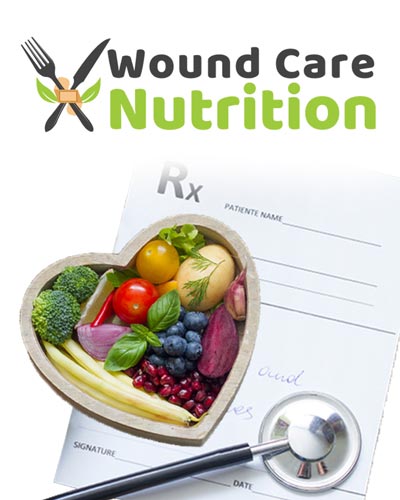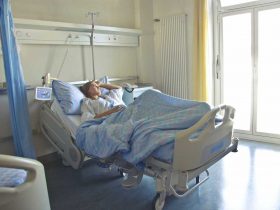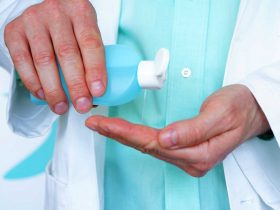Use
A registered dietitian/nutritionist (RDN) or staff educator can deliver this in-service to nurses and nursing assistants in long-term care and/or assisted living facilities. The facilitator may offer attendees the opportunity to taste-test the oral nutritional supplements (ONSs) that are available in the facility for wound healing.
Introduction
Pressure injuries are a common problem in long-term care. Risk factors for pressure injuries include advanced age, immobility, incontinence, altered mental status, poor circulation, and poor nutritional status.
Poor nutritional status is a risk factor for pressure injuries and can prevent existing wounds from healing. Nutritional interventions are an important part of the care plan to prevent and treat pressure injuries.
Quick Reading to Review the Topic
National Pressure Injury Advisory Panel (NPIAP) Guidelines for Nutrition
Available at: https://cdn.ymaws.com/npiap.com/resource/resmgr/The_Role_of_Nutrition_for_Pr.pdf.
Objectives
- Staff members will understand the essential role of nutrition in the healing of pressure injuries.
- Staff members will know three possible nutritional interventions for residents who have pressure injuries.
- Staff members will become familiar with the nutritional supplements available in the facility for wound healing.
Outline
I. Risk Factors for Pressure Injuries
- Advanced age (fragile skin)
- Incontinence (moist environment with irritants and bacteria)
- Immobility (pressure on bony prominences for extended periods of time)
- Poor nutritional status (unintended weight loss, loss of muscle mass, poor meal intake)
- Impaired circulation (poor blood flow to skin)
- Impaired cognition (inability to feel pain, reposition, eat well)
II. The Role of the RDN on the Wound Care Team
- The RDN should assess all residents with pressure injuries
- Nutrition recommendations are made based on pressure injury stage, meal intake, calorie, protein, and nutrient needs, and a resident’s likes and dislikes
- Recommendations are individualized for each resident based on results of RDN’s nutrition assessment
III. Proper Nutrition Can Promote Wound Healing
- Calories are needed for cell growth and protein synthesis (30-35 calories/kg body weight)
- Protein is needed for protein synthesis and tissue building (1.2-1.5 g or more/kg body weight unless contraindicated by medical condition)
- Protein is the only macronutrient containing nitrogen, which is essential for wound healing
- Fluids (water) are the primary way that oxygen and nutrients are delivered directly to the wound bed; dehydration is one of the most common reasons why cell function becomes disrupted and wound healing is delayed (1 mL/kcal unless contraindicated by medical condition)
- A multivitamin sometimes is ordered for residents with pressure injuries, especially if they are not eating well
- High calorie/high protein ONSs sometimes are ordered to meet elevated nutritional needs, especially for poor eaters
- Targeted amino acids, including arginine, glutamine and β-hydroxy β-methylbutyrate (HMB), sometimes are ordered to provide additional support for tissue building
- Overweight residents are possibly malnourished:
- Tend to have a loss of muscle mass
- May still require nutritional interventions to build new tissue to heal a wound despite an overweight body mass index
IV. Targeted Amino Acids
- Amino acids are the building block of protein
- There are 20 amino acids—9 must come from food, while the others are manufactured by the body from the various foods that are consumed
- When a person is ill or has a wound, the body may have difficulty in keeping up with increased demand for certain amino acids, so they are supplemented to assure that a shortage does not occur
- Arginine and glutamine are two such amino acids
- Arginine is needed for nitric oxide production in wound healing and to help prevent wound infections
- Glutamine is needed to stimulate collagen synthesis, support the immune system, help keep the gut healthy, and regulate nitrogen metabolism
- HMB is a metabolite of the amino acid leucine, but the conversion rate is very low (5%), so it is supplemented as well
- HMB helps maintain cell membrane integrity and slows muscle tissue breakdown
- Arginine, glutamine, and HMB work together synergistically to support tissue building needed for wound healing
V. Nutrition Interventions Available for Wound Healing (specific to your facility; adjust as needed)
- “Super” foods or fortified foods with extra calories and/or protein (good for residents who need more calories per bite)
- Large portions of meat and eggs (indicated for residents who are eating well and will consume additional food)
- 2.0 kcal/mL ONS at medication pass. 60-90 mL three or four times daily with medications (instead of water) provides supplemental protein, calories, vitamins, and minerals (a good choice for a resident who needs more protein and calories and is not eating well at meals)
- Liquid protein supplement at medication pass, usually 30 mL twice daily (a good choice for those who need excess protein and are not eating well)
- Fortified juice-type beverages that contains protein, vitamins, and minerals, served between meals if possible (good for residents who are drinking better than they are eating)
- Shake-type beverages, served between meals if possible (good for residents who are drinking better than eating)
- Fortified pudding or ice cream (good for residents who like sweets)
- Amino acid supplements (good for residents with multiple or nonhealing wounds)
Activity
Have participants taste each ONS product available in the facility (including those used at medication passes and liquid protein supplements). Discuss taste, texture, ease of use, and acceptability of each product.
Nutrition and Pressure Injuries
Pre and Post Test
Name:___________________________________________
Date:____________________________________________
Department:______________________________________
1. True or false: Residents with pressure injuries should have nutritional interventions that address their individual needs and preferences.
2. Which macronutrient is important to pressure injury healing because it is the only one that contains nitrogen?
___a. Protein
___b. Carbohydrate
___c. Fat
___d. None of the above
3. Which resident is a good candidate for a 2.0 ONS at medication pass?
___a. A resident who is eating everything on their plate
___b. A resident who is not eating well
___c. A resident who is refusing food and medication
___d. All of the above
4. True or false: All residents with pressure injuries should receive an order for double portions of meat.
5. Which of the following is not a risk factor for pressure injuries?
___a. Poor nutrition
___b. Advanced age
___c. Gender
___d. Immobility
6. Which amino acid is needed for nitric oxide production in wound healing?
___a. Arginine
___b. Glutamine
___c. Leucine
___d. HMB
7. Protein is made up of chains of ______________.
___a. Vitamins
___b. Amino acids
___c. Fats
___d. Minerals
8. One of the most common reasons why cell function becomes disrupted and wound healing is delayed is:
___a. Incontinence
___b. Dehydration
___c. Cancer
___d. Diet high in fat
Answer key
1. True
2. a. Protein
3. b. A resident who is not eating well
4. False (it is not useful to give additional food to someone who is not eating well or with a poor appetite)
5. c. Gender
6. a. Arginine
7. b. Amino acids
8. b. Dehydration

